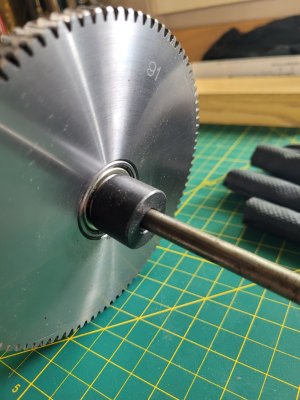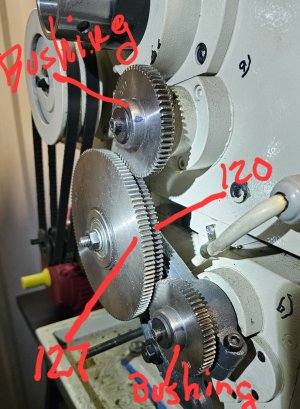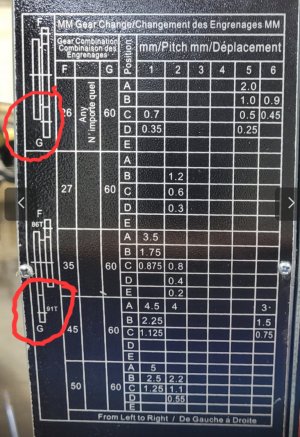Jswain
Joe
The tpi threads that you tested and measured, some being more then an inch and some being less...how does that correlate with the lever selection on the quick change gear box?
For some to be larger and some smaller two(or more?) Gears must be flipped?
Can you see the internals at all?
I guess what I mean is if it's the 86/91 reversed then the outcome would always be smaller or larger and not back and forth. But if you correlate say always larger when using A and smaller in B then good chance those gears are reversed?
For some to be larger and some smaller two(or more?) Gears must be flipped?
Can you see the internals at all?
I guess what I mean is if it's the 86/91 reversed then the outcome would always be smaller or larger and not back and forth. But if you correlate say always larger when using A and smaller in B then good chance those gears are reversed?



